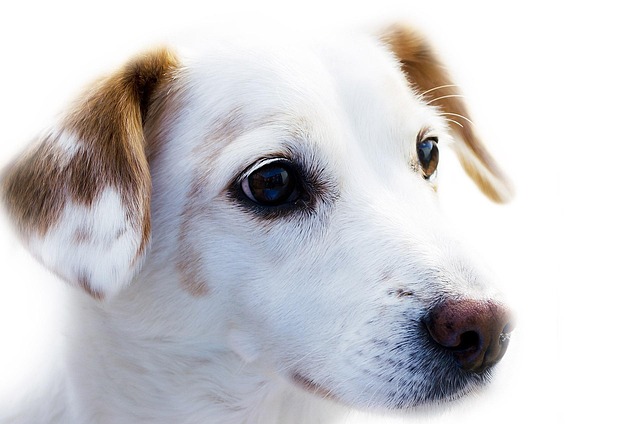
What is glaucoma in a dog?
You might notice your dog squinting more at mealtime or avoiding bright sunlight—these small changes could be early signs of a serious eye condition.
I spent a frantic afternoon last July with my friend Maya, whose 3-year-old Golden Retriever, Cooper, had collapsed during a walk in 95°F heat—his gums were bright red, he was panting uncontrollably, and he couldn’t stand. We rushed him to the vet, where he was treated for mild heat stroke, but Maya still worried: “What do I do now to help him get better?” If you’re a new U.S. dog owner navigating your pup’s recovery from heat stroke, the process feels overwhelming—but with intentional, vet-guided care, you can support their healing step by step. Helping your dog recover isn’t just about “waiting it out”; it’s about managing their environment, diet, and activity to protect their organs and rebuild their strength.
To understand how to help, first recall why heat stroke harms dogs: Their bodies can’t cool down as efficiently as humans, so a spike in temperature (above 103°F) stresses organs like the brain, kidneys, and liver. Recovery depends on stopping that damage and giving those organs time to heal. Mild cases (temp 103–104°F, no seizures or collapse) usually heal fast, but even small missteps—like overexerting them too soon—can set them back. Cooper’s vet explained that his main risks post-heat stroke were dehydration and organ irritation, so our focus was on gentle rehydration and rest.

Here’s a step-by-step guide to help your dog recover: First, follow your vet’s plan—this is non-negotiable. Cooper got subcutaneous fluid injections to rehydrate and a bland diet (boiled chicken and rice) to ease his upset stomach. Ask your vet about signs to watch for: vomiting, lethargy, or decreased appetite mean something’s off. Next, control their environment: Keep them in a cool room (70–72°F) with fans or AC—Maya used blackout curtains to block sunlight and a cooling mat under Cooper’s bed. Avoid hot spots like kitchens or near windows. Adjust their diet and hydration: Offer small sips of cool water frequently (don’t let them guzzle, which can cause bloating) and stick to vet-recommended foods. Skip treats for the first 2–3 days—focus on nutrient-dense, easy-to-digest meals. Limit activity strictly: No walks, playtime, or stairs for the first 3–5 days. After that, start with 5-minute slow walks (early morning or evening) and gradually increase by 5 minutes weekly. Cooper tried to chase his ball on day 4, but Maya redirected him with a puzzle toy—no overexcitement allowed.
Culturally, never scold your dog for being “lazy” during recovery—they’re healing, and punishment violates U.S. animal welfare standards. Instead, praise small wins (like finishing a meal) with gentle pets. For apartment living, avoid leaving your dog alone on hot days—many U.S. states (like California) fine up to $1,000 for leaving pets in parked cars. When walking during recovery, carry a portable water bowl and extra poop bags (cities like Miami fine $250 for leaving messes) and stick to shaded, flat routes. While at follow-up vet visits, confirm their rabies vaccine is up to date (required nationwide)—vets can also run blood tests to check for hidden organ damage.
Helping your dog recover from heat stroke takes patience, not speed. Cooper was back to his playful self in a week, and Maya learned to adjust their summer routine to keep him safe. With vet guidance and gentle care, your pup will bounce back too.

You might notice your dog squinting more at mealtime or avoiding bright sunlight—these small changes could be early signs of a serious eye condition.

Let’s set the scene: It’s a sweltering Phoenix afternoon—105°F outside—and you rushed your 2-year-old Lab mix, Cooper, on a quick walk to “get it over with.”

Let’s get real: You’re in your Miami apartment, watching your 3-year-old Corgi, Loki, struggle to climb the stairs to your second-floor unit.

Many dog owners brush off occasional scratching as just “dog behavior,” but persistent itching often signals something more—like a food allergy.

You might first notice your dog scratching more than usual—chewing at their paws until the fur looks thin, or rubbing their face against the couch nonstop.

Let’s be real: You’re standing in your Chicago apartment, watching your 3-year-old Beagle, Max, huff and puff just to climb onto the couch.